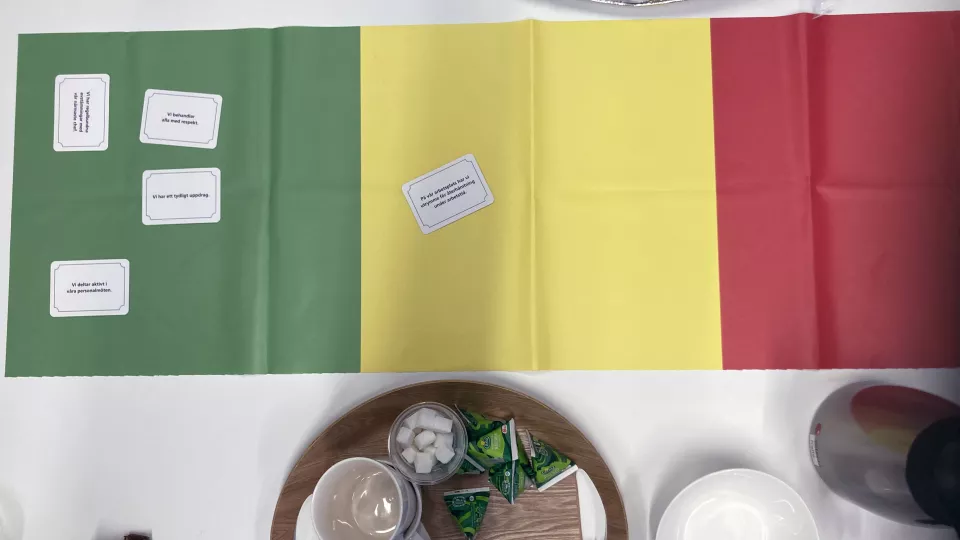The OSA game is, as the name suggests, a game consisting of a game board divided into green, yellow, and red fields, and a deck of cards with different statements (see facts box). Each person comments on the statements, and together they make a risk assess and place the card on the green (low risk), yellow (medium), or red (high risk) field. The outcome is documented so that employees and the responsible manager can work on measures to develop and improve the work environment.
Support for Managers
Mattias Collin, professor of infectious medicine and head of Division at the Department of Clinical Sciences in Lund, participated with the department's other managers in the last round.
"So far, the OSA game has helped us identify the need for support for managers and also the most common types of work environment problems in the organization. This has allowed us to prioritise areas where we need to focus our efforts."
"It helps articulate and systematise existing problems and also takes the potential sensitivity out of certain topics."
Inviting Region Skåne employees as well
Each departments conduct the game in slightly different ways. At the Department of Clinical Sciences in Lund, the aim is for all employees to participate. In addition to the department's nearly 500 employees, it is also possible to invite Region Skåne employees who, for exemple through research, have close contact with the department's research groups and therefore contribute to the common work environment.
“We ask each research group leader to put together suitable groups, with a maximum of 8 people in each, including the research group leader themselves, and expect that there could be up to 70-80 groups in total,” says OSA coordinator Tomas Kirkhorn, who, along with the head of work environment and safety (HMS) Anna Darabi and work environment coordinator Lena Ohlsson, has been trying to find ways to create functional conditions.
“In addition to support from the department's HR, we will engage individuals who have already played the game to act as facilitators throughout the year.”


